The expansive art collection of the Vatican, with world-class collections of paintings, sculpture, tapestry and books from the ancient world to the modern.
Romer
Roaming around Rome
Vatican Museums
Nearby places
- Basilica Papale di San Pietro in Vaticano (354 m)
- Prati (967 m)
- Castel Sant’Angelo (998 m)
- Palazzo Altemps (1.6 km)
- Piazza Navona (1.7 km)
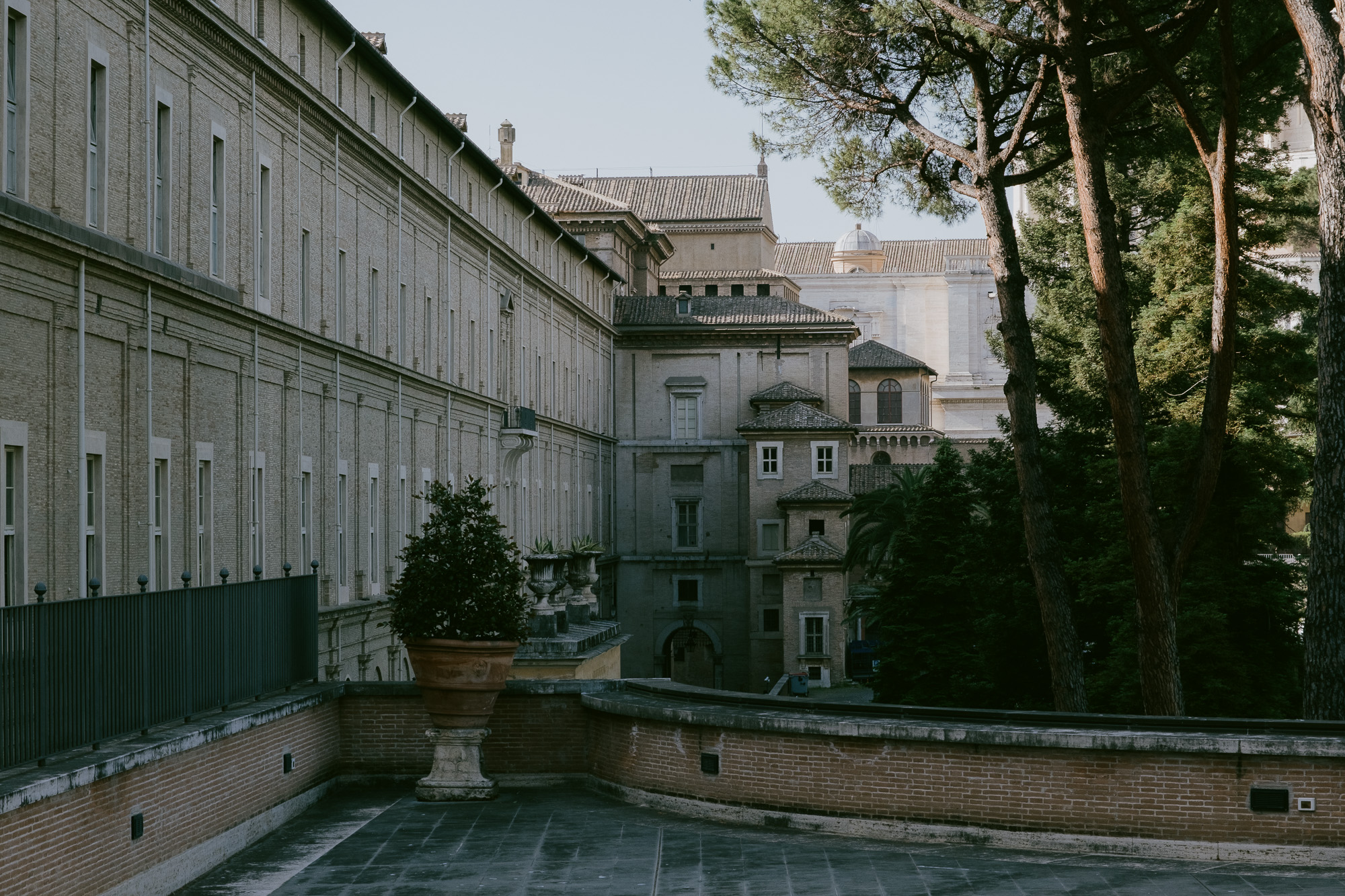
The rear of the Sistine Chapel –including the chimney frorm which black or white smoke rises during the conclaves that elect new popes – as seen from the Cortile della Pinacoteca, the Vatican Museums.
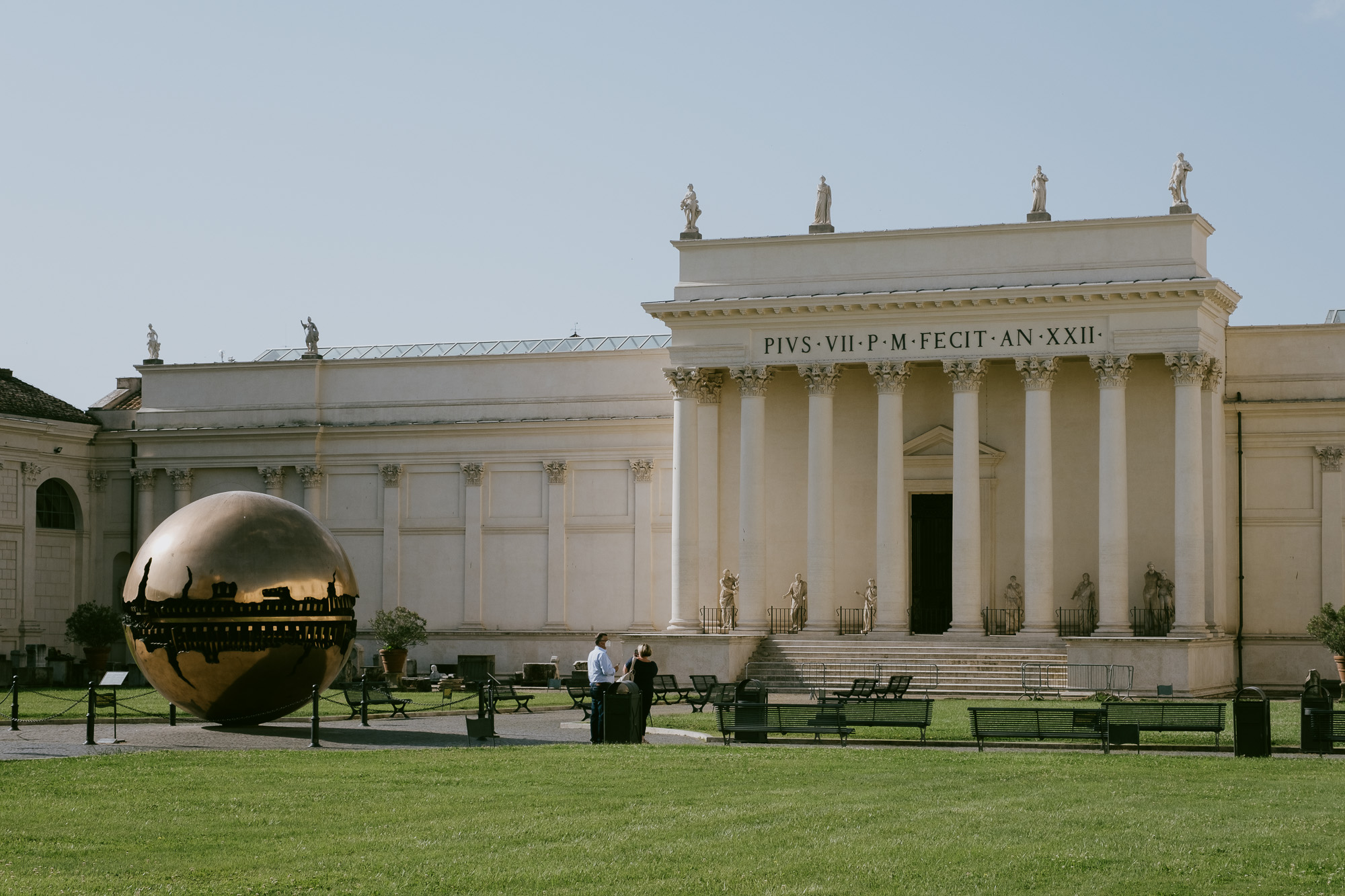
The sculpture “Sfera con Sfera” (“Sphere within Sphere”) by Arnaldo Pomodoro, in the Cortile della Pigna with the Braccio Novo behind. The Vatican Museums.
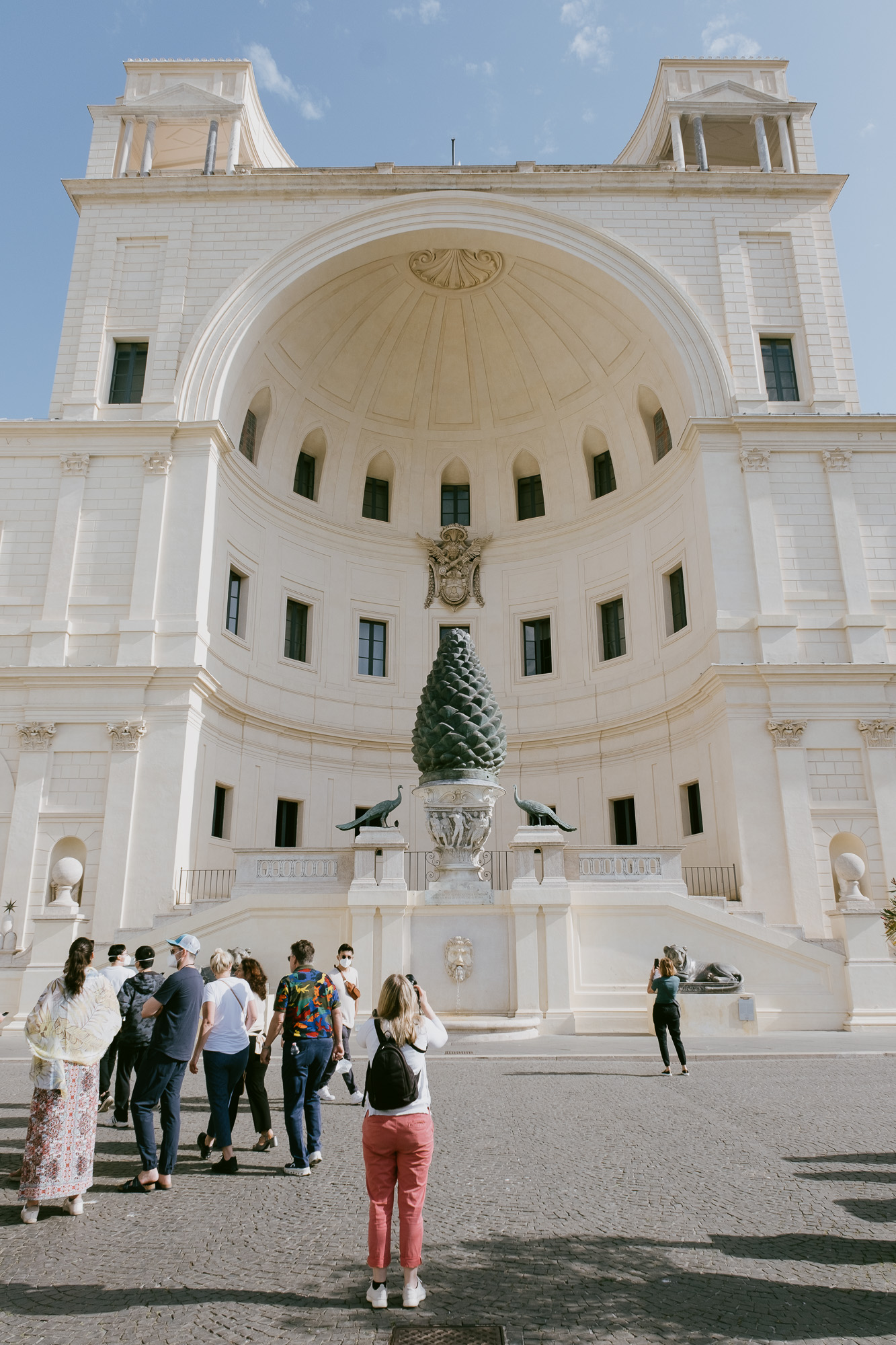
The Pigna, a four-metre-high bronze statue of a pinecone that was cast in the first century AD and originally operated as a fountain near the Pantheon.
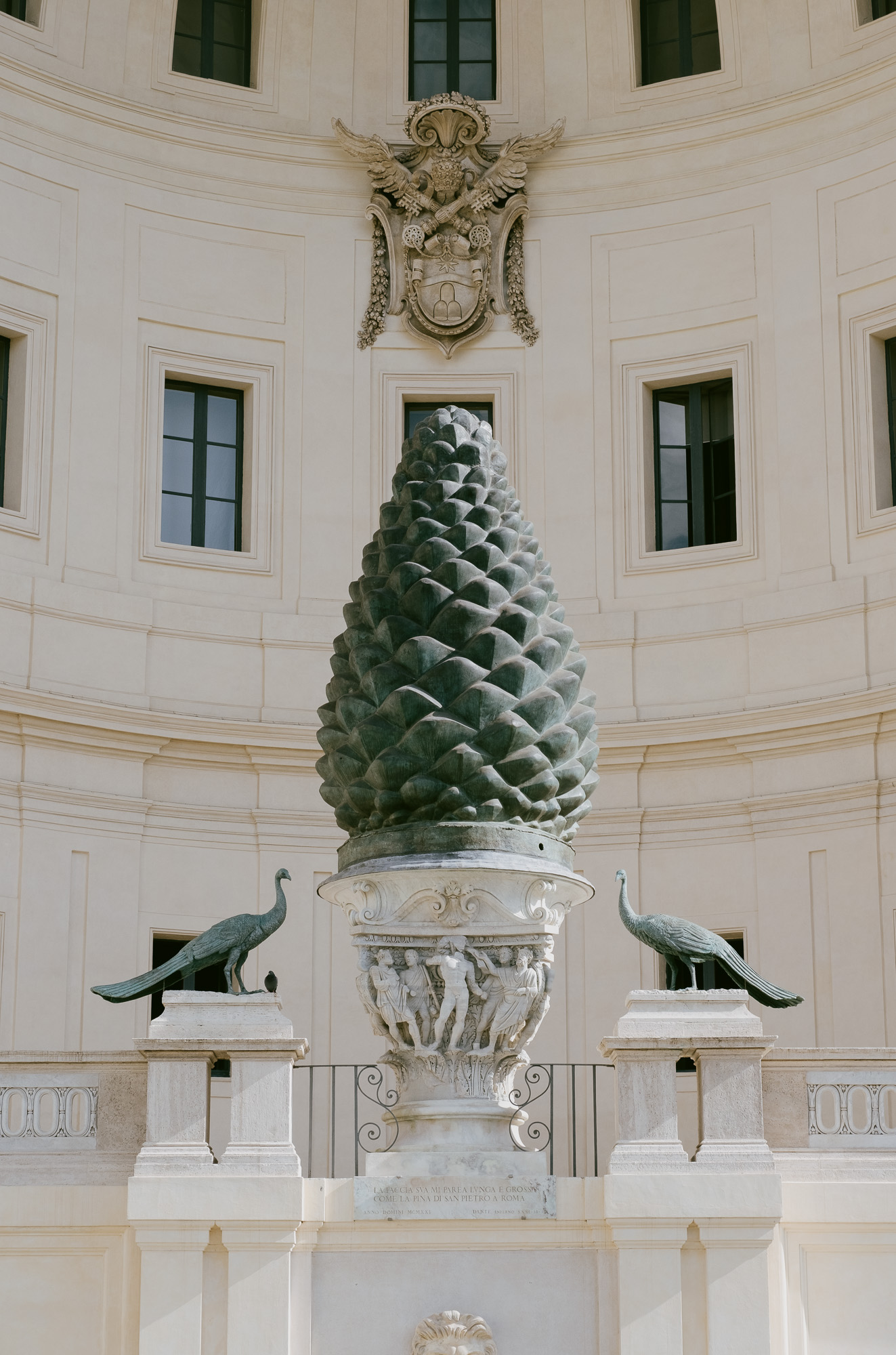
The Pigna, a four-metre-high bronze statue of a pinecone that was cast in the first century AD and originally operated as a fountain near the Pantheon.
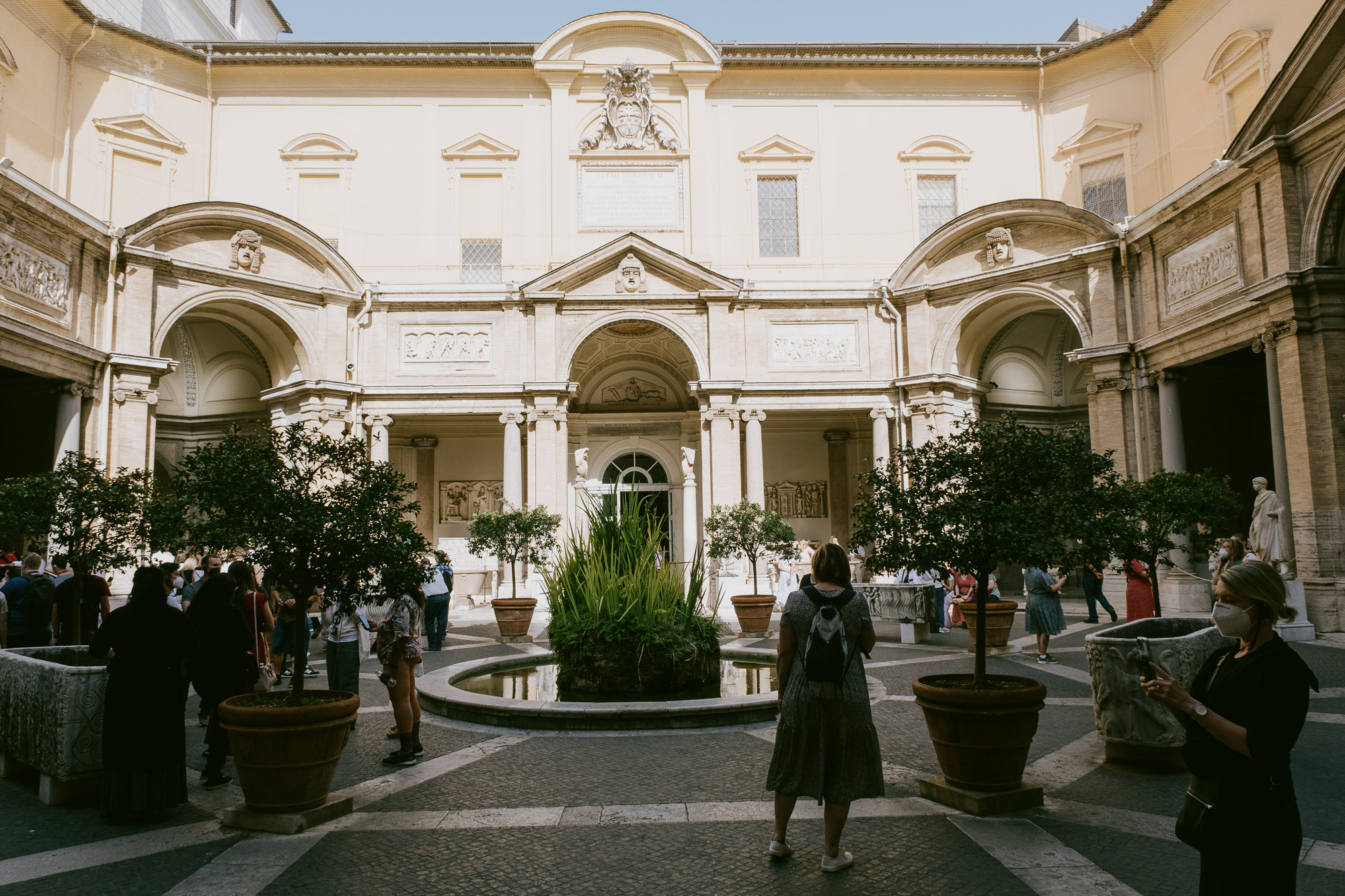
The Cortile Ottagono in the Vatican Museums.
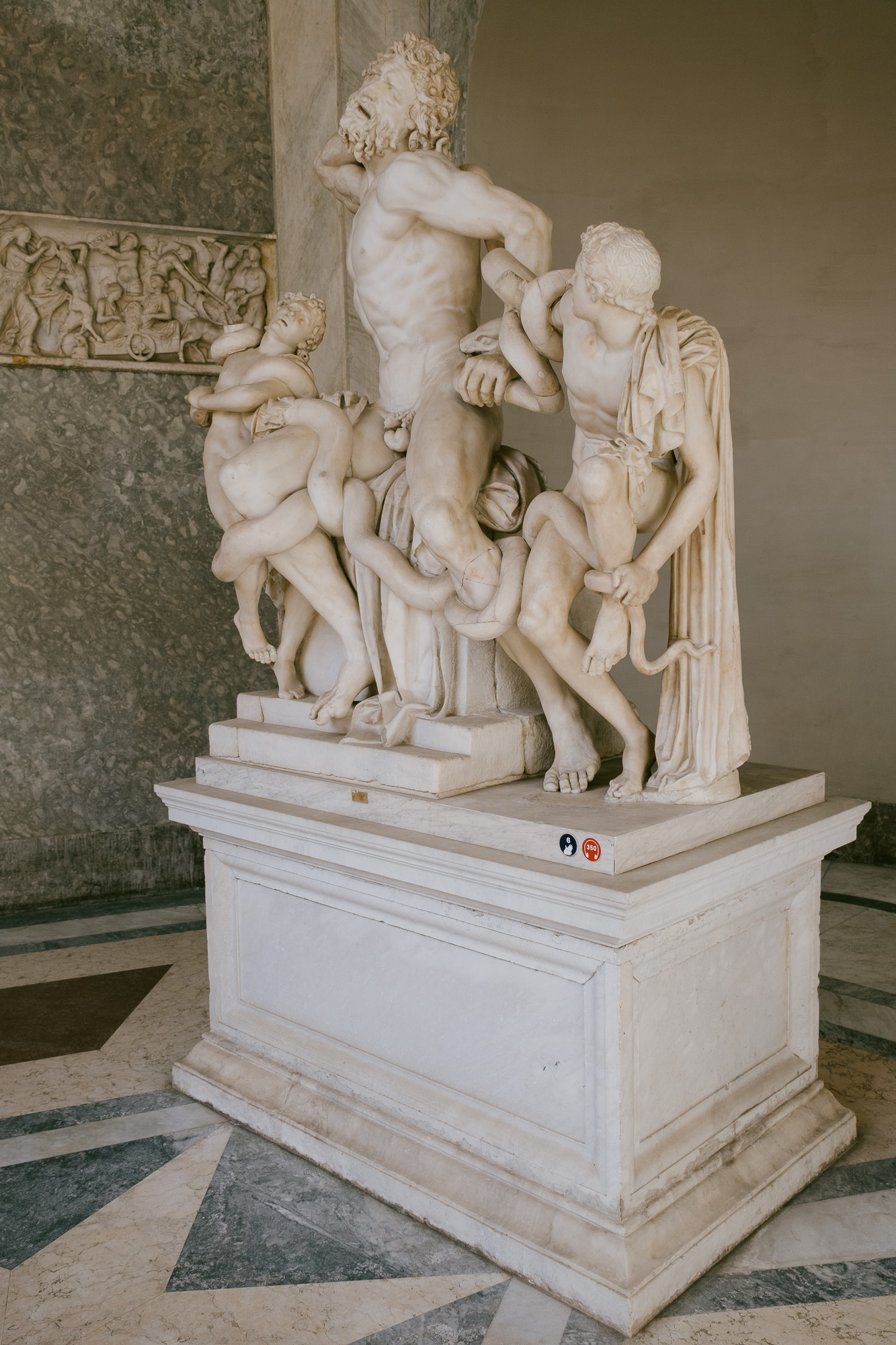
Perhaps the most iconic of all ancient sculptures in Rome, Laocoön and His Sons depicts the Trojan priest Laocoön and his sons, Antiphantes and Thymbraeu, being attacked by sea serpents. Laocoön had successfully deduced the trick of the Trojan Horse, offering the immortal line “beware of Greeks bearing gifts”; but, before the Trojans could heed his warning, the sea-god Poseidon sent sea serpents to kill him and his sons.
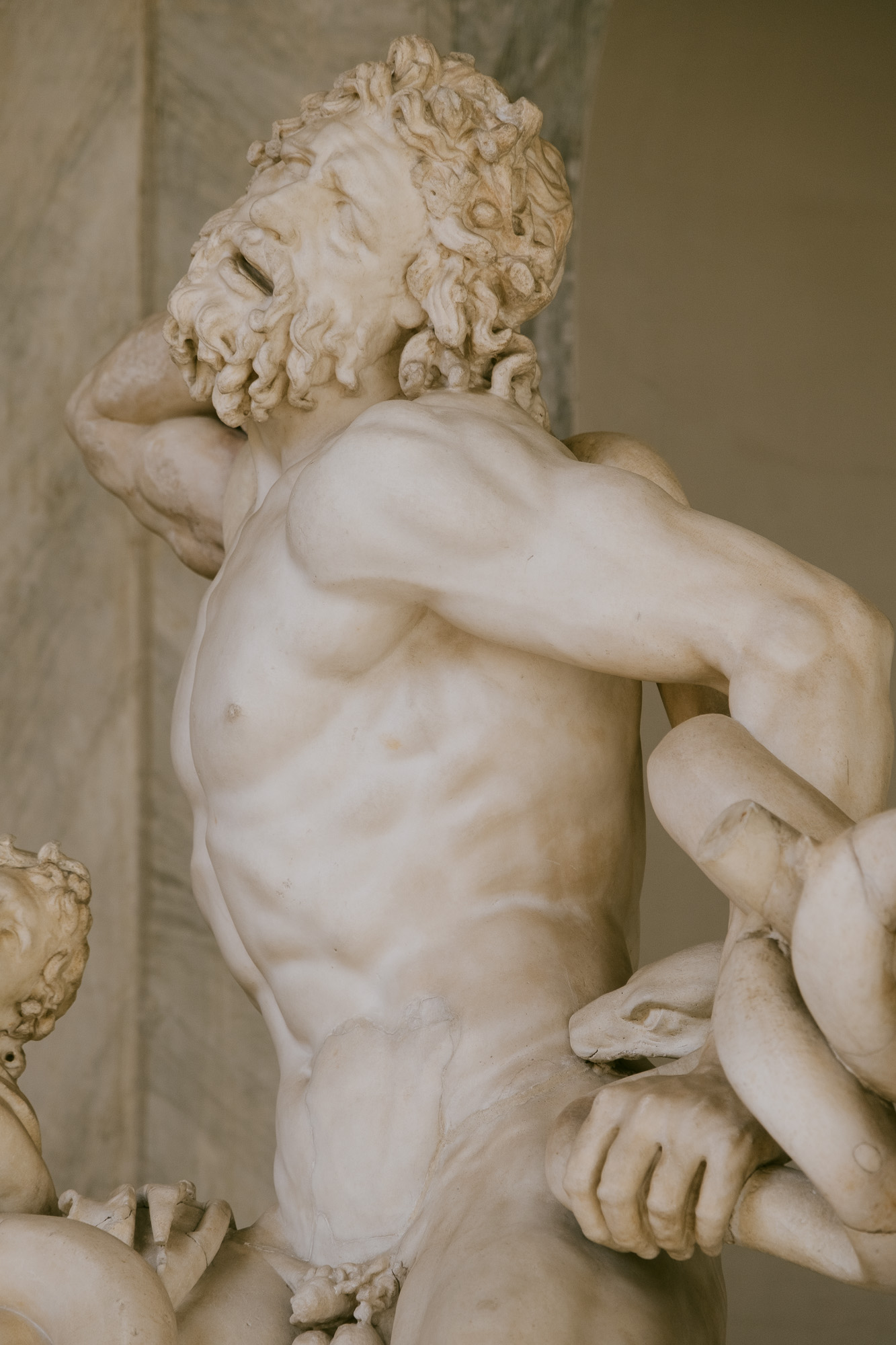
A detail of Laocoön, from Laocoön and his Sons.
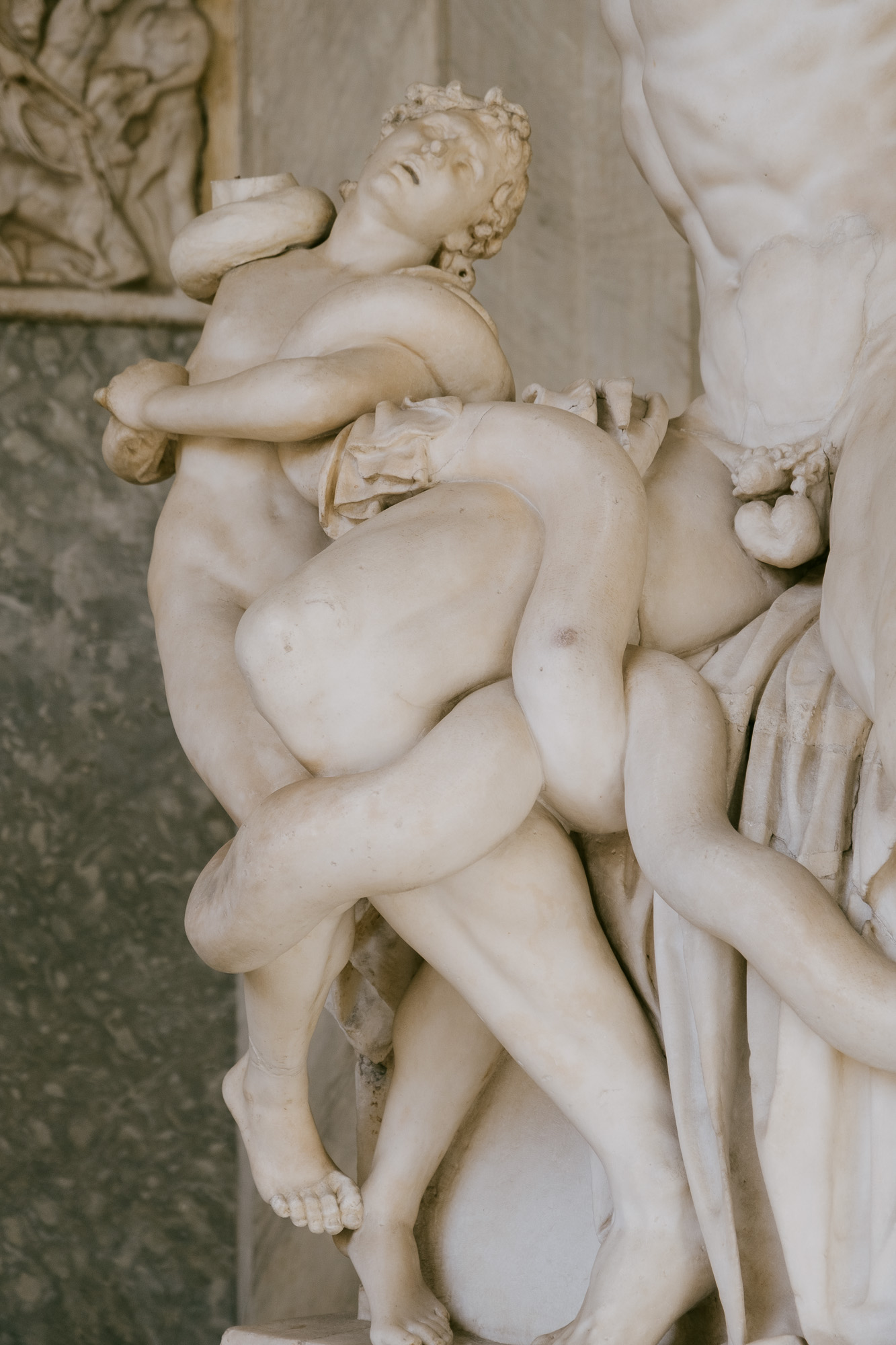
A detail of one of Laocoön’s sons.
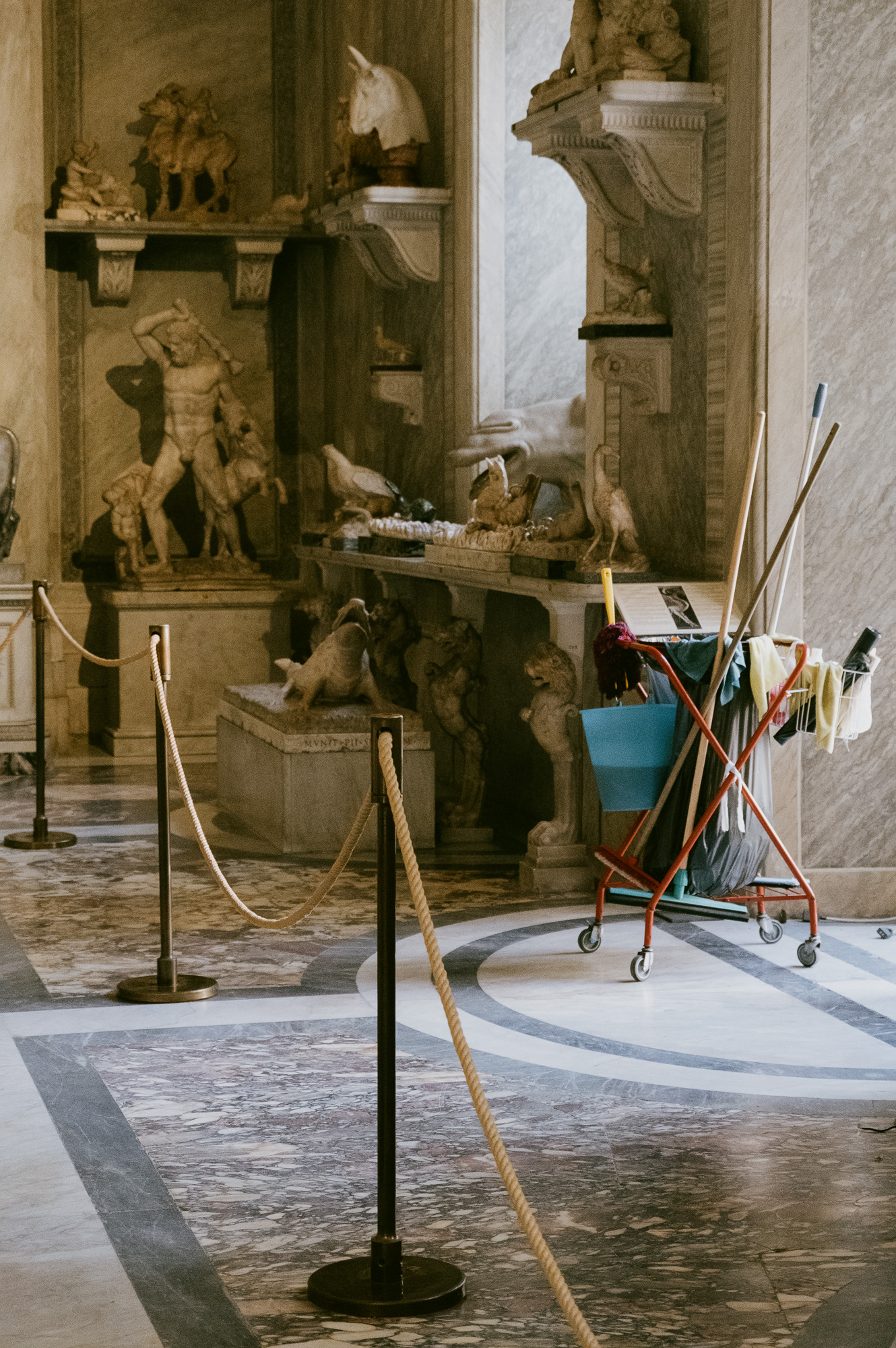
Cleaning in the Museo Pio-Clementino.
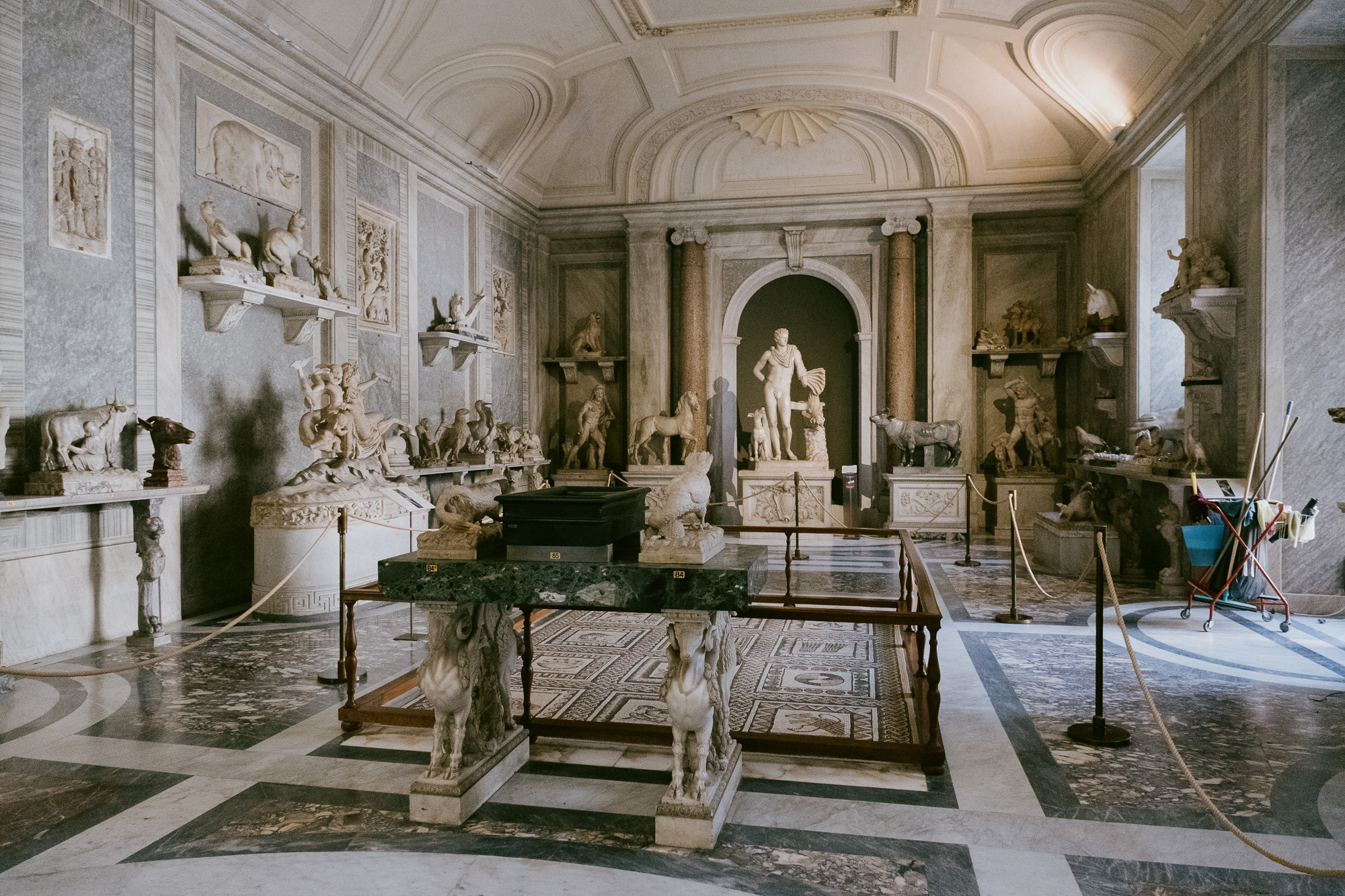
Animal statues in the Museo Pio-Clementino, the Vatican Museums.
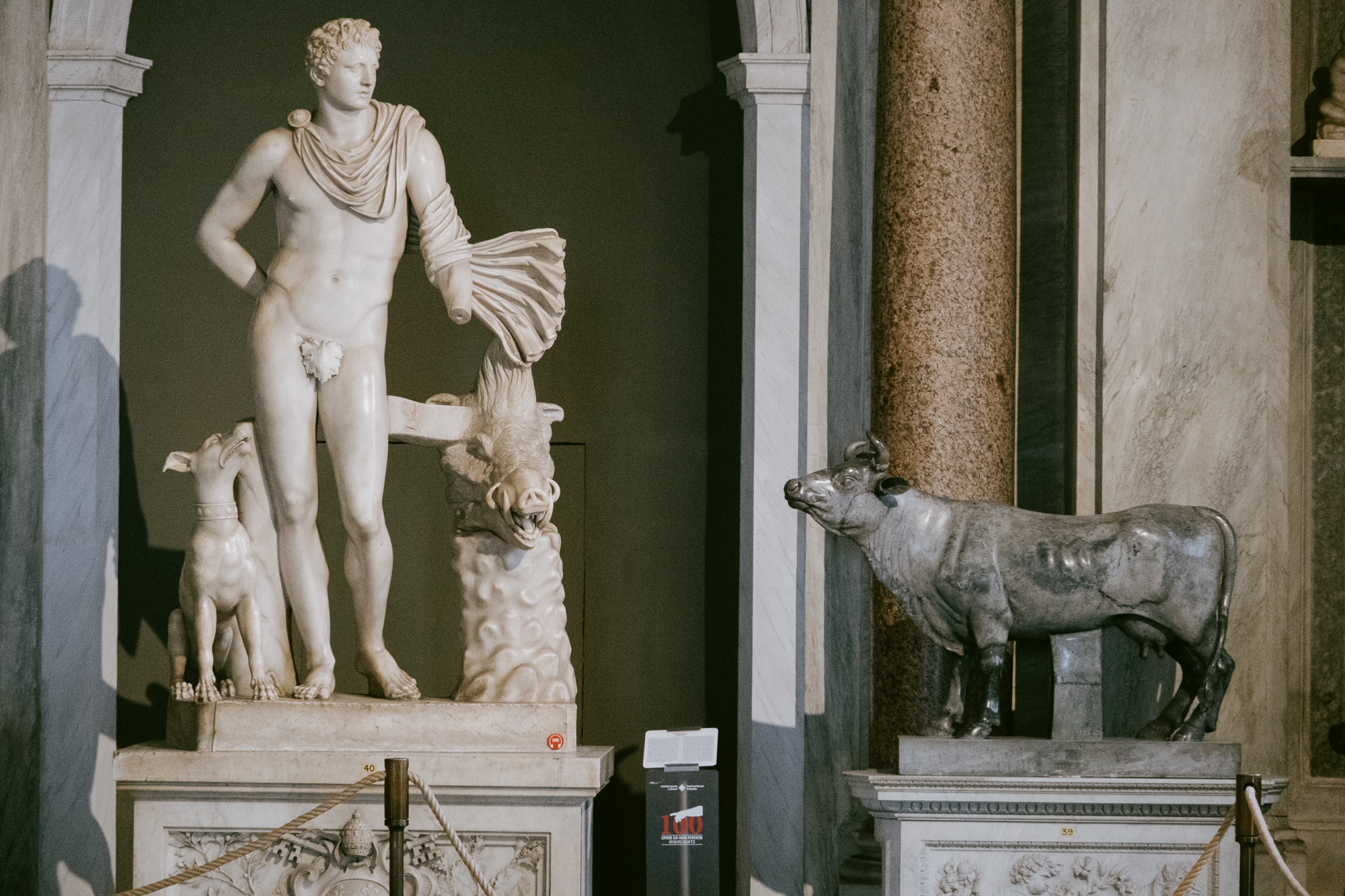
Animal statues in the Museo Pio-Clementino, the Vatican Museums.
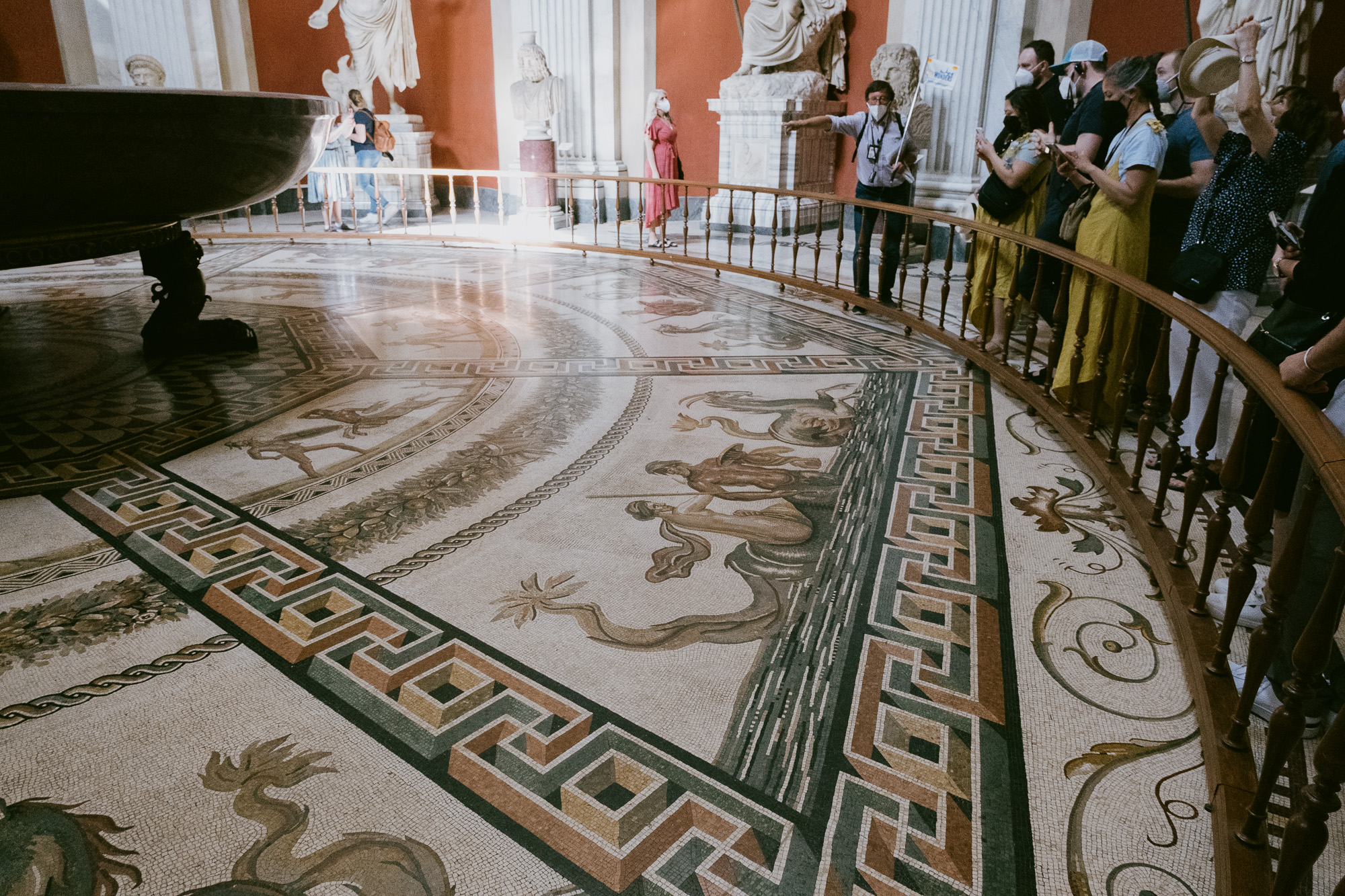
Nero’s enormous porphyry bath and its mosaic floor, inside the Museo Pio-Clementino.
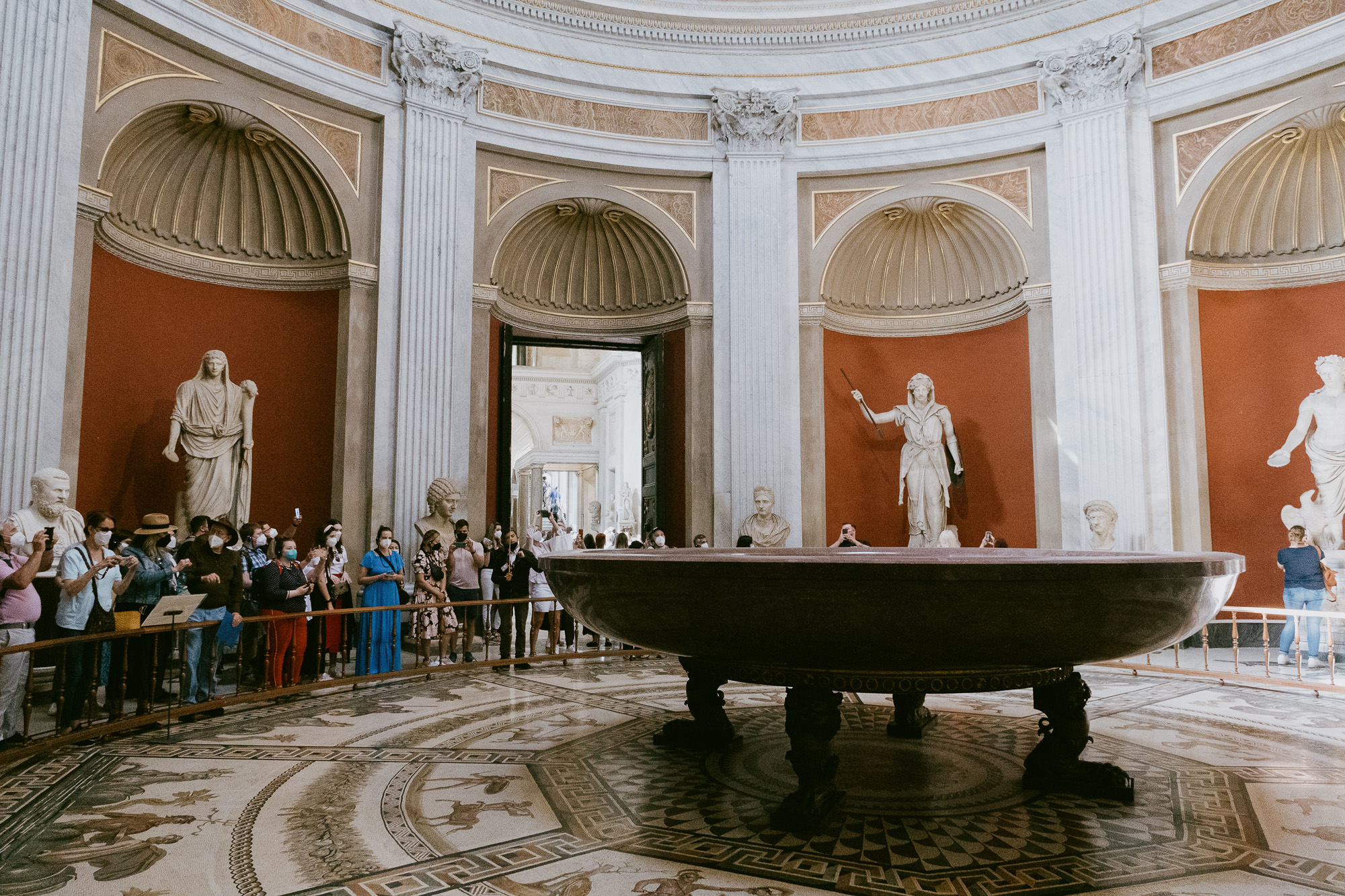
Nero’s enormous porphyry bath and its mosaic floor, inside the Museo Pio-Clementino.
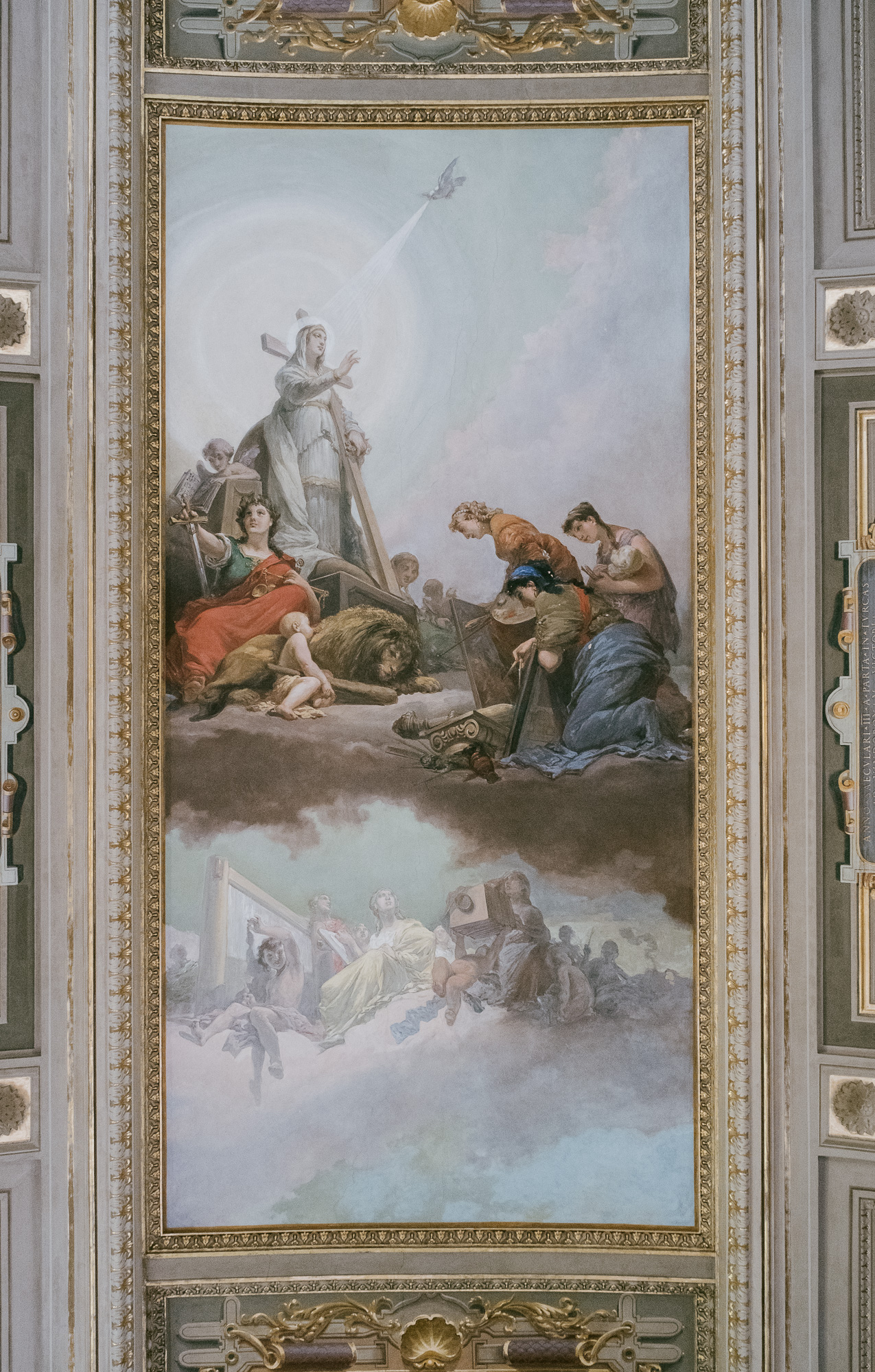
A ceiling in the Galleria dei Candelabri, in the Vatican Museums. The gallery was commissioned by Pope Leo XIII, the first pope to be filmed; hence the camera in this painting.
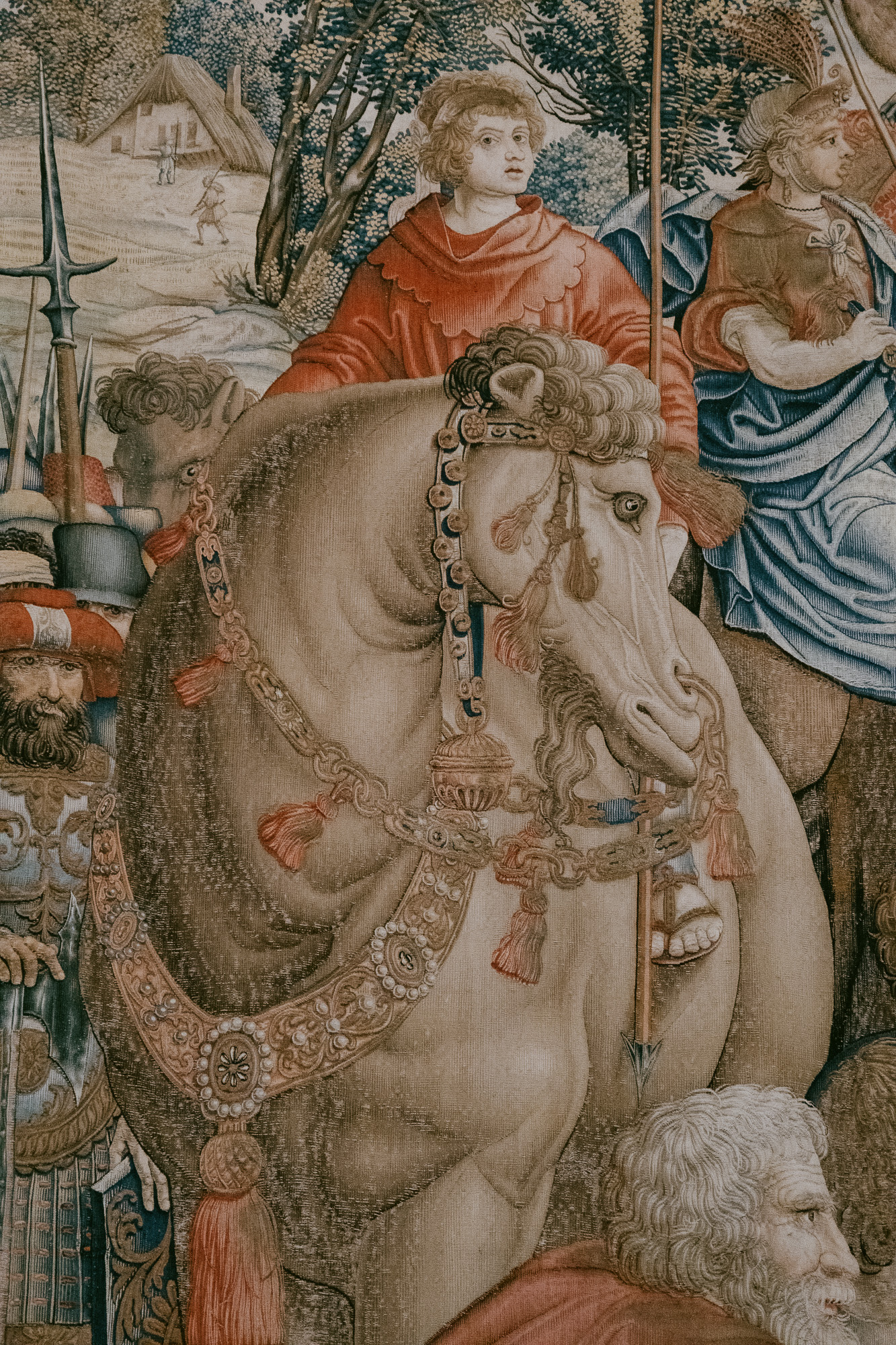
A detail from a tapestry in the Galleria degli Arazzi.
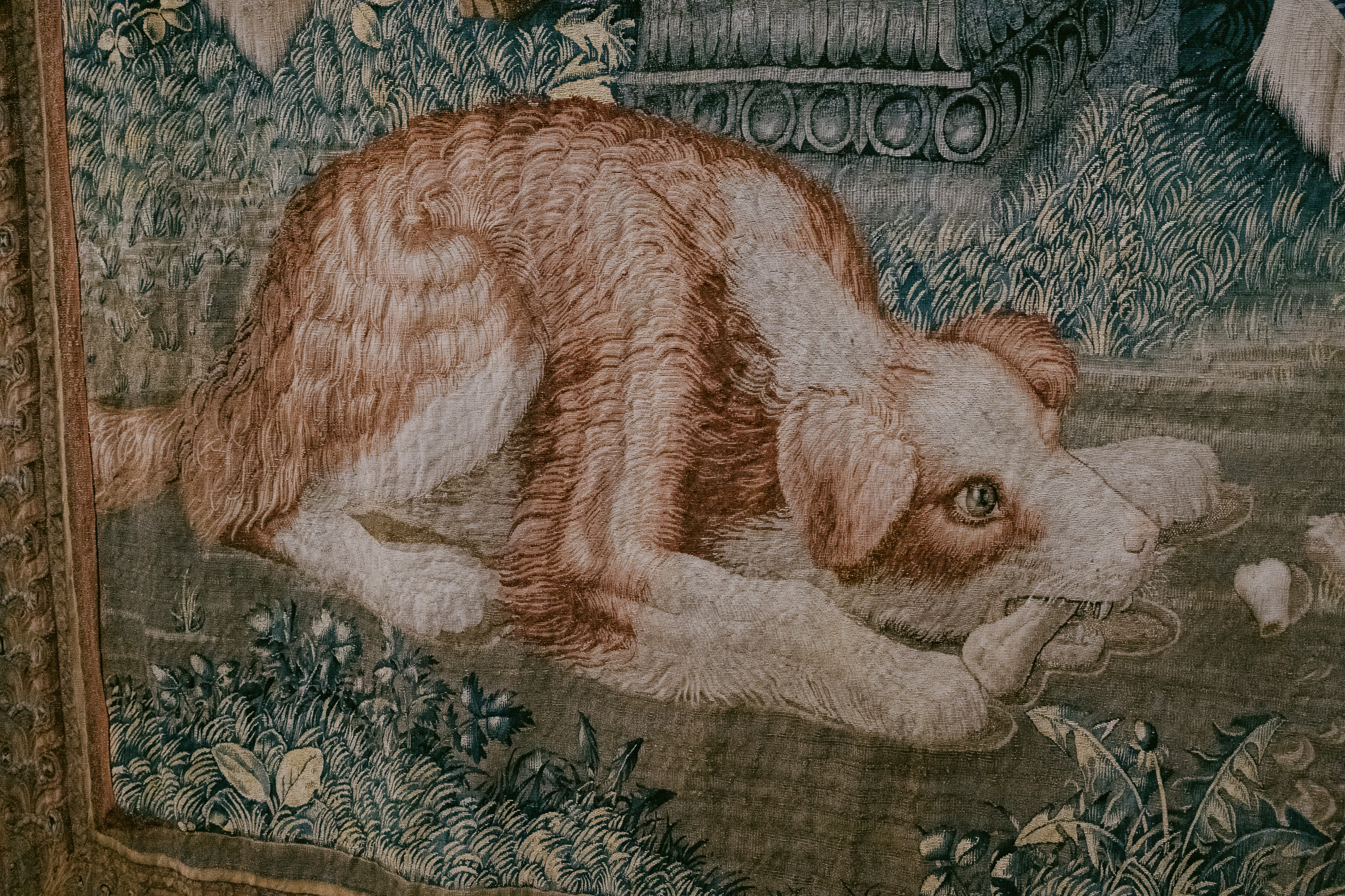
A detail from a tapestry in the Galleria degli Arazzi.
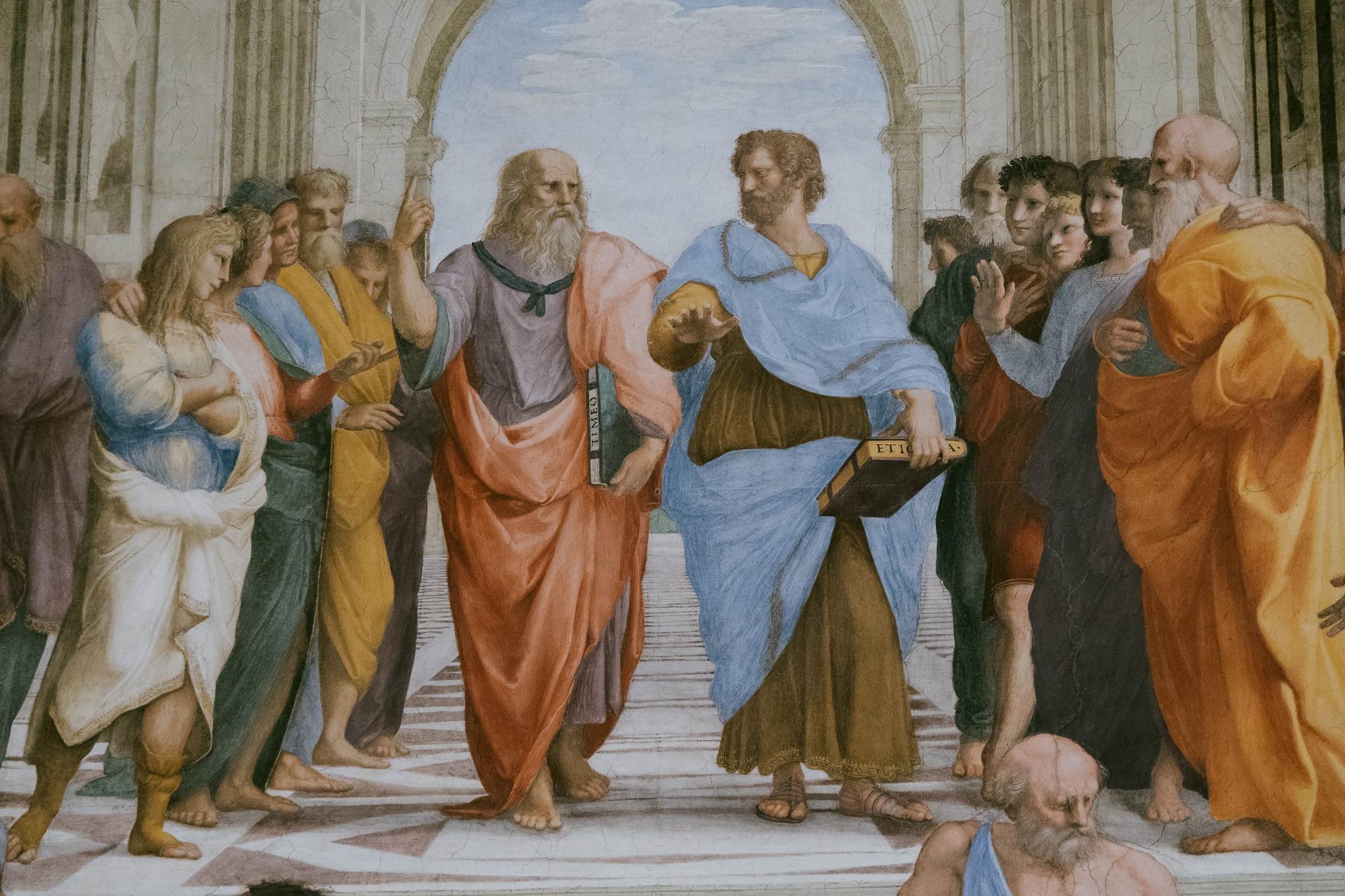
Detail from Raphael’s School of Athens, depicting Aristotle and Plato.
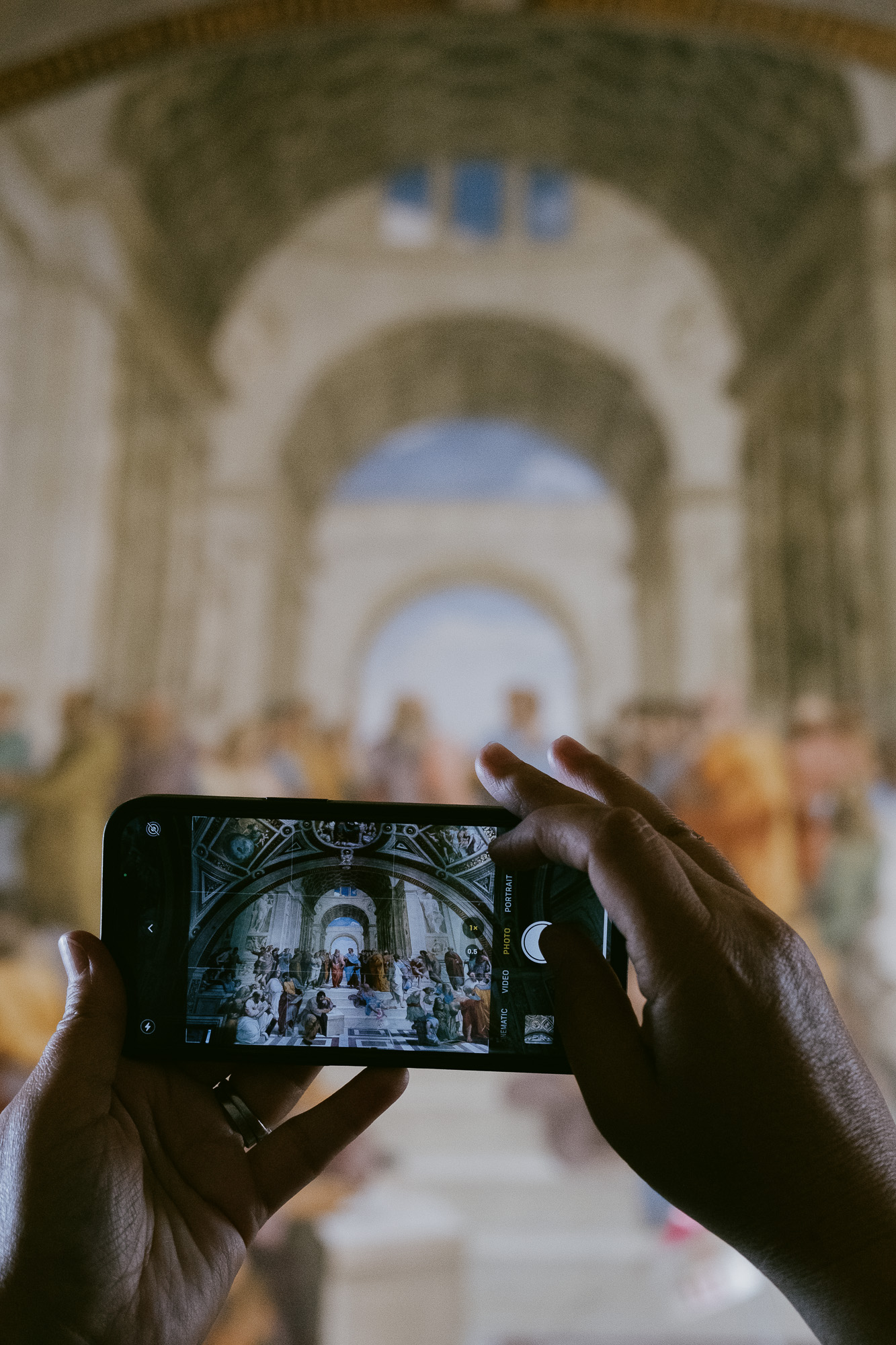
A visitor photographs Raphael’s School of Athens.